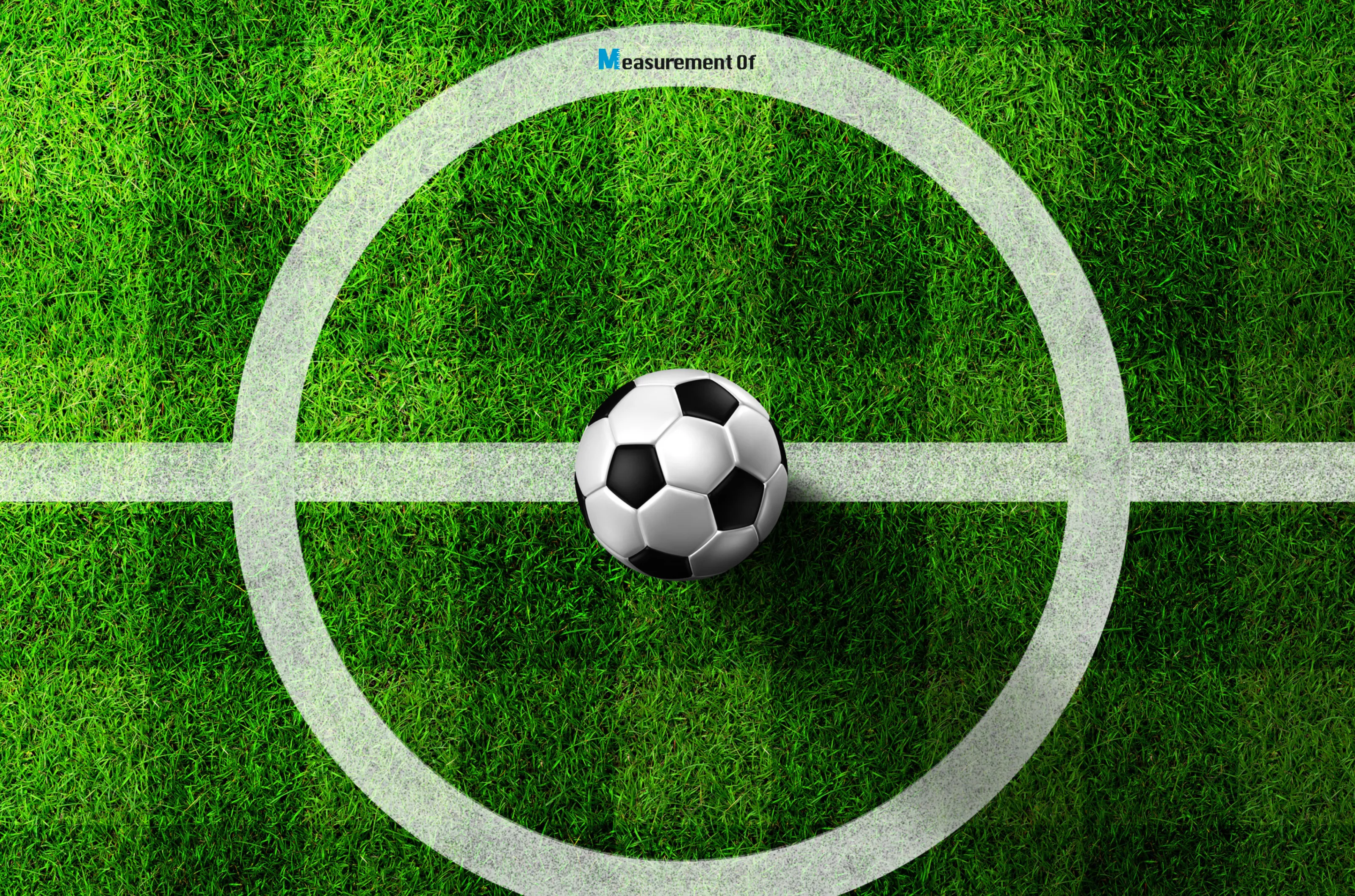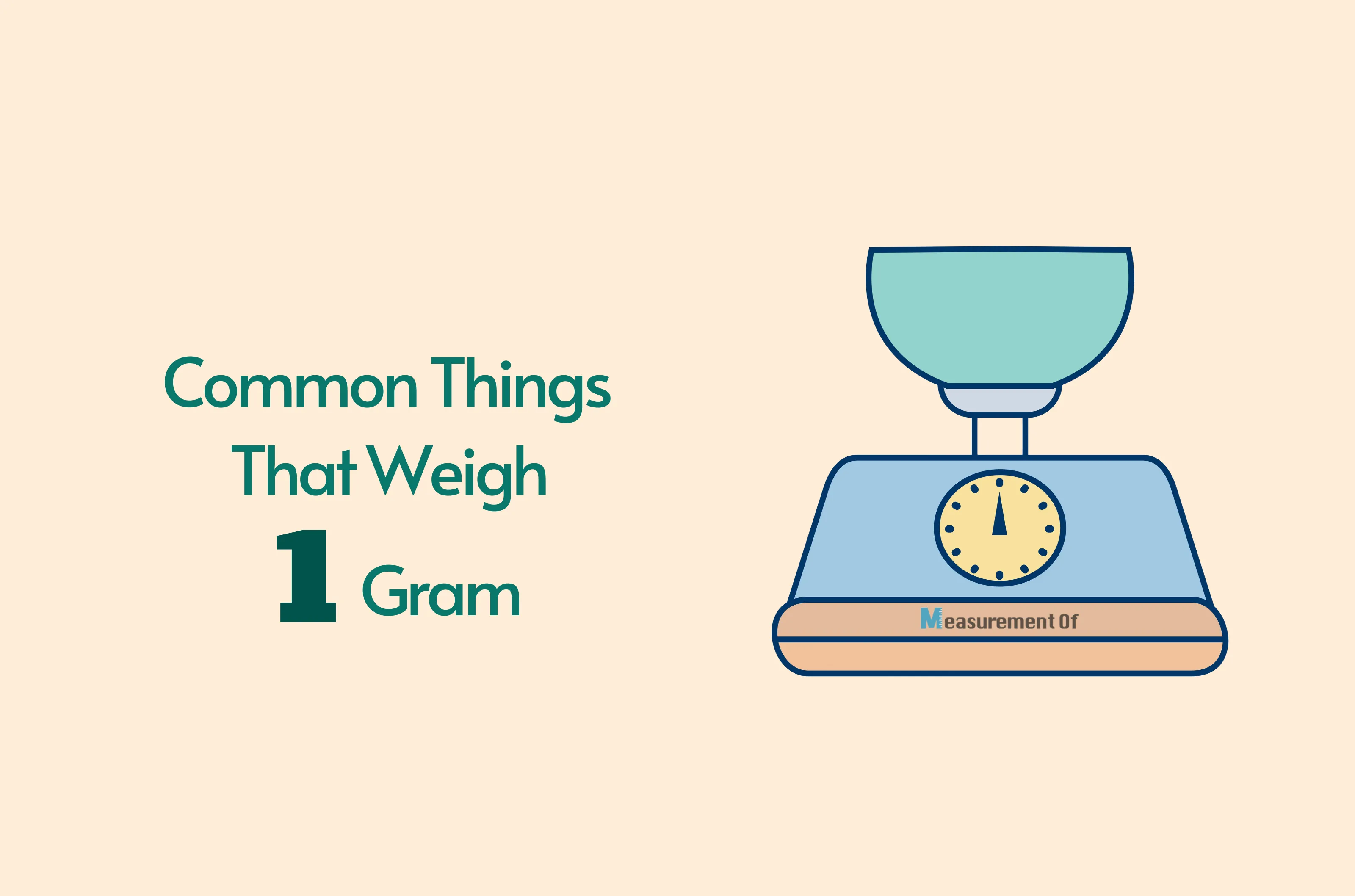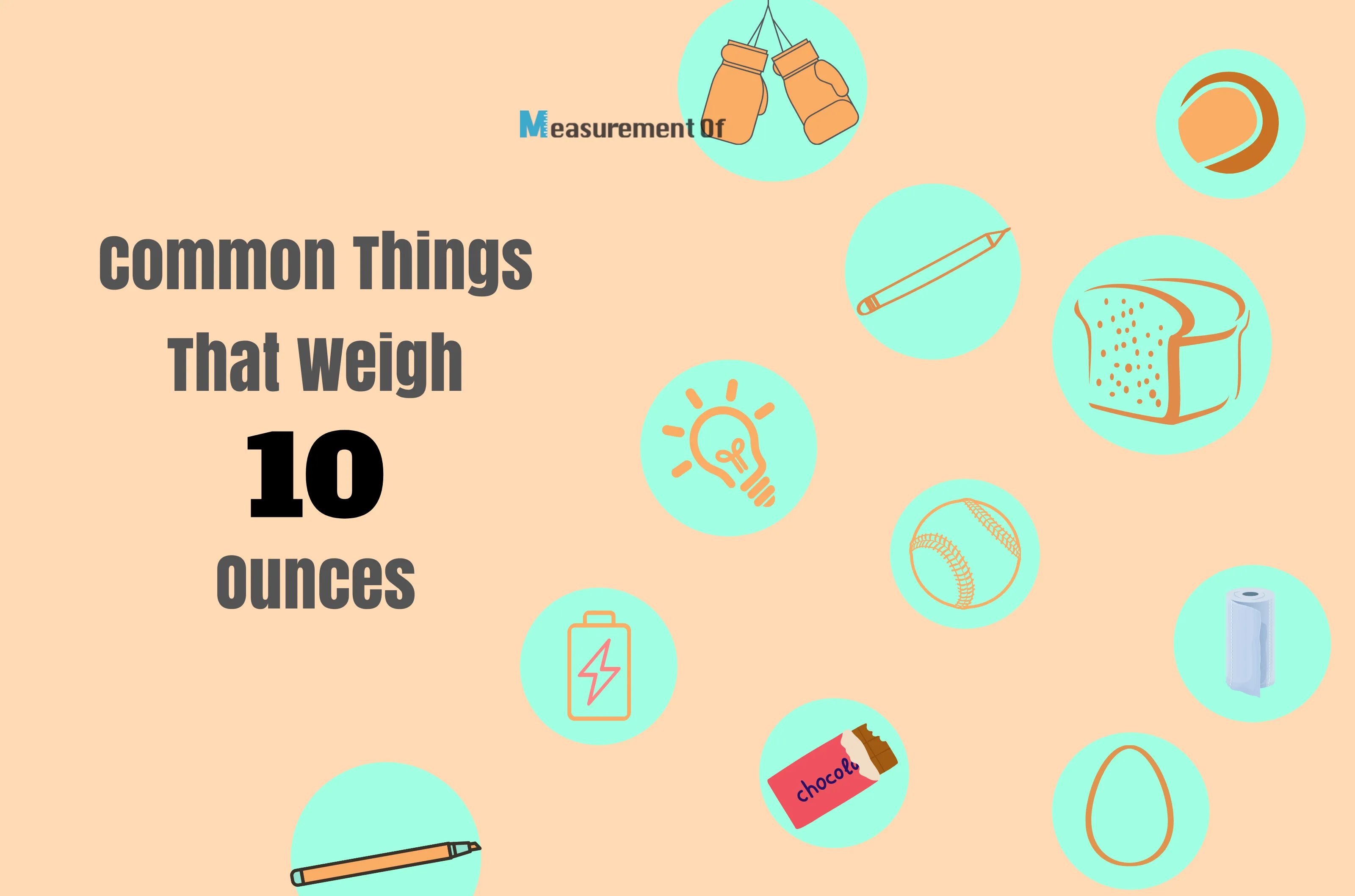Soccer Field Dimension And Size - All You Need to Know

Introduction
Soccer is one of the fastest-growing team sports worldwide. It is also one of the most watched sports, both in person and online. The magnificent, lush green football field can leave anyone awestruck. The vibrant pitches with their various elements, ranging from the football field’s dimensions to its intricate markings, layout, and other essential details, are certain to pique your interest. Getting a detailed insight can improve one’s appreciation of the sport.
In this article, I’ll go into detail and cover all you need to know about the dimensions of a soccer field. Just a heads up, every dimension discussed below is for 11 players vs 11 players games. Even when the player number is same, standard size of soccer field can vary.
Soccer or Football?
Well, soccer is called football in most countries in this world. A few countries, including the United States, Canada, Australia, South Africa, and several Asian countries, address this game as soccer or association football. However, American football is a completely different game.
Are All Soccer Field the Same Size?
Football is a globally renowned sport enjoyed by both professionals and amateurs. While it may not be immediately apparent, keen observers can notice that football pitches worldwide vary in size.

Photo by Kelly on Pexels
Three key factors primarily influence the dimension of a soccer field:
- The home team’s style of play
To give the host team an advantage, stadiums and clubs mostly decide the dimensions of the field by assessing the team’s playing style.
- The club’s financial plan
Another factor is a soccer team’s budget, as not all teams can afford to buy sizable swaths of land that would allow them to build big soccer fields. Even if they could lease the area, maintaining the field regularly can be quite costly.
- The competency of the players
Not every soccer team has players with enough experience to compete on a professional-sized soccer pitch. Many soccer teams will not allow their younger or less experienced players to play on fields with the maximum standard dimensions saved for the professionals. Because these players quickly grow tired and perform quite poorly in large fields. Hence, teams also select their pitch size depending on the competency level of a football player, which can range from beginner to professional.
What Is a Football Pitch or Futbol Pitch?
A football pitch, alternatively referred to as a football field or soccer field, is the designated playing surface for soccer (football). The term “futbol” is essentially the Spanish translation of “football,” and is commonly used in Spanish-speaking regions. When listening to Spanish commentators describe a football match, you’ll often hear them pronounce “Futbol pitch.”
Standard Soccer Field Size
The standard soccer field size can vary slightly depending on the governing body and competition level, but it falls within a specific range.
A standard soccer field size can be anywhere from 100 to 130 yards long and 50 to 100 yards wide.

Image by Tom Fisk on Pexels
This is used as standard size of soccer field for any domestic field except for those under 12 years of age. Keep on reading to know the difference in dimensions of a soccer field in feet and yards.
Soccer Field Dimensions for International Matches
The International Football Association Board (IFAB) has established various guidelines regarding the dimensions of fields for international matches. You might be familiar with FIFA, and thought it was them who set the rules, however FIFA mainly enforces these regulations. While IFAB takes on the role of updating and overseeing them.
Dimension of the soccer field, set by FIFA and IFAB, for international matches is 110 - 120 yards in length and 70 - 80 yards in width.
- How long is a soccer field in feet?
So what are the dimensions of a soccer field in feet? So let's convert these yards to feet. A soccer field must be between 300 to 390 feet in length and between 150 to 300 feet in width. In the case of international matches, the soccer fields typically range from 330-360 feet long and 210- 240 feet wide.
World Cup Soccer Field Dimensions
FIFA and IFAB together determine the dimensions for the World Cup soccer pitch as the standard applicable for international matches. The exact measurements may vary depending on the specific field and stadium.
College Soccer Field Dimensions
The size of a collegiate soccer field as decided by NCAA ranges between 115 to 120 yards in length and 70 to 75 yards in width.
High School Soccer Field Dimensions
Under the National Federation of State High School Associations (NFHS) regulations, high school soccer field pitch should be at least 55 yards in width and 100 yards in length. The maximum dimensions of these fields can be 80 yards in width and 120 yards in length.
Youth Soccer Field Dimensions
The size of a youth football pitch varies based on the players’ age. Youth soccer field measures 25 to 35 yards in length and 15 to 25 yards in width for children between the ages of under 6 and 8 years. So youth soccer field dimensions in feet are 75 to 105 along length and 45 to 75 feet along width.
The pitch size increases with the increase in age group. For children aged under 12 years, the dimensions are 70 to 80 yards in length and 45 to 55 yards in width. Leagues for young adults of 13 and above use standard soccer field dimensions.
Soccer Field Size Chart
This chart has been originally curated for Measurement Of website.
| Level of Play | Length (yard) | Width (yard) | Length (feet) | Width (feet) | Length (meter) | Width (meter) |
|---|---|---|---|---|---|---|
| Standard | 100 to 130 | 50 to 100 | 300 to 390 | 150 to 300 | 91.44 to 118.87 | 45.72 to 91.44 |
| International | 110 to 120 | 70 to 80 | 330 to 360 | 210 to 240 | 100.58 to 109.73 | 64.01 to 73.15 |
| College | 115 to 120 | 70 to 75 | 345 to 360 | 210 to 2225 | 105.16 to 109.73 | 64.01 to 68.58 |
| High School | 100 to 120 | 55 to 80 | 300 to 360 | 165 to 240 | 91.44 to 109.73 | 50.29 to 73.15 |
| Youth | 25 to 80 | 15 to 55 | 75 to 240 | 45 to 165 | 22.86 to 73.15 | 13.72 to 50.29 |
Soccer Field Layout
The soccer field’s layout includes many areas, including the goal areas, penalty areas, corner areas, etc. Below is a picture of the standard soccer pitch layout:

Markings On A Soccer Field
Markings made of white lines and curves are a common sight on football pitches. These are connected to the various football rules. The typical markings for a standard soccer field are briefed below. Refer to the soccer field layout image in the prior section for better understanding.
- Centre spot - Marking at the centre of the pitch. Game is kicked off from here.
- Centre Circle - A circular region of 10 yards around the center spot.
- Goal Area - This box is for taking goal kicks.
- Penalty Area - It is the area where the goal keeper can handle the ball with their hands.
- Penalty Arcs - Informally called the "D", it is a half-circular area adjacent to the penalty area.
- Penalty Spot - It is inside the penalty area from where a player takes a penalty shot. It is located directly in-line with the middle of the goal.
- Corner Arcs - There are 4 corner arcs located on 4 corners of the field.
- Touchlines - Lines on the longer sides of the soccer field are called touchlines.
- Goal Lines - These are the shorter sides of the soccer field. This line must be crossed to score a goal along the goal post.
- Halfway Line - It runs through the middle of field at half length of the touchline.
How Tall is the Corner Flag?
Corner flags are normally placed in each of the four corners of the field. The diameter of the professional soccer corner flags is 2.5 cm or 0.98 inches, and its height is 5 feet or 1.5 meters.
What Are the Soccer Goal Dimensions?

A crucial aspect of soccer is the size of the goals. Soccer goal posts should be 24 feet apart and the edge of the crossbar (the top bar) should be at least 8 feet above the ground. Goal dimensions change with the level of competition. For youth soccer, goals commonly range between 16.5 to 21 feet in width and 6.5 to 7 feet in height.
What is the Playing Surface Material?
The playing surface material of a soccer field can vary depending on factors such as location, climate, budget, and level of play. There are three primary types of playing surface materials used for soccer fields:
- Natural Grass: Requires maintenance but offers a traditional playing experience.
- Artificial Turf: Low-maintenance, durable, and weather-resistant.
- Hybrid Grass: Combines natural grass with synthetic fibres for durability and playability.
Conclusion
In summary, the dimensions and characteristics of the soccer field remain essential aspects of the game. They serve as the fundamental elements that influence strategy, tactics, and the overall experience. Acquiring this crucial knowledge enhances your game appreciation, whether you are in the stands or on the field.




